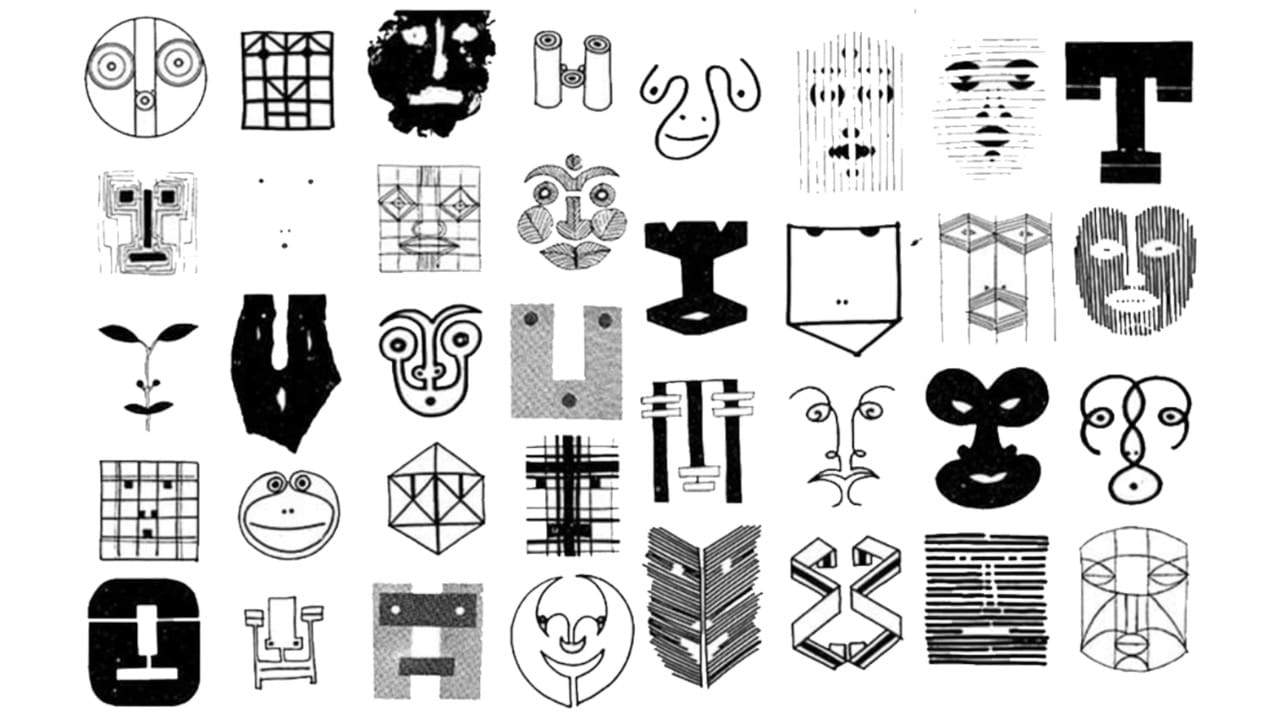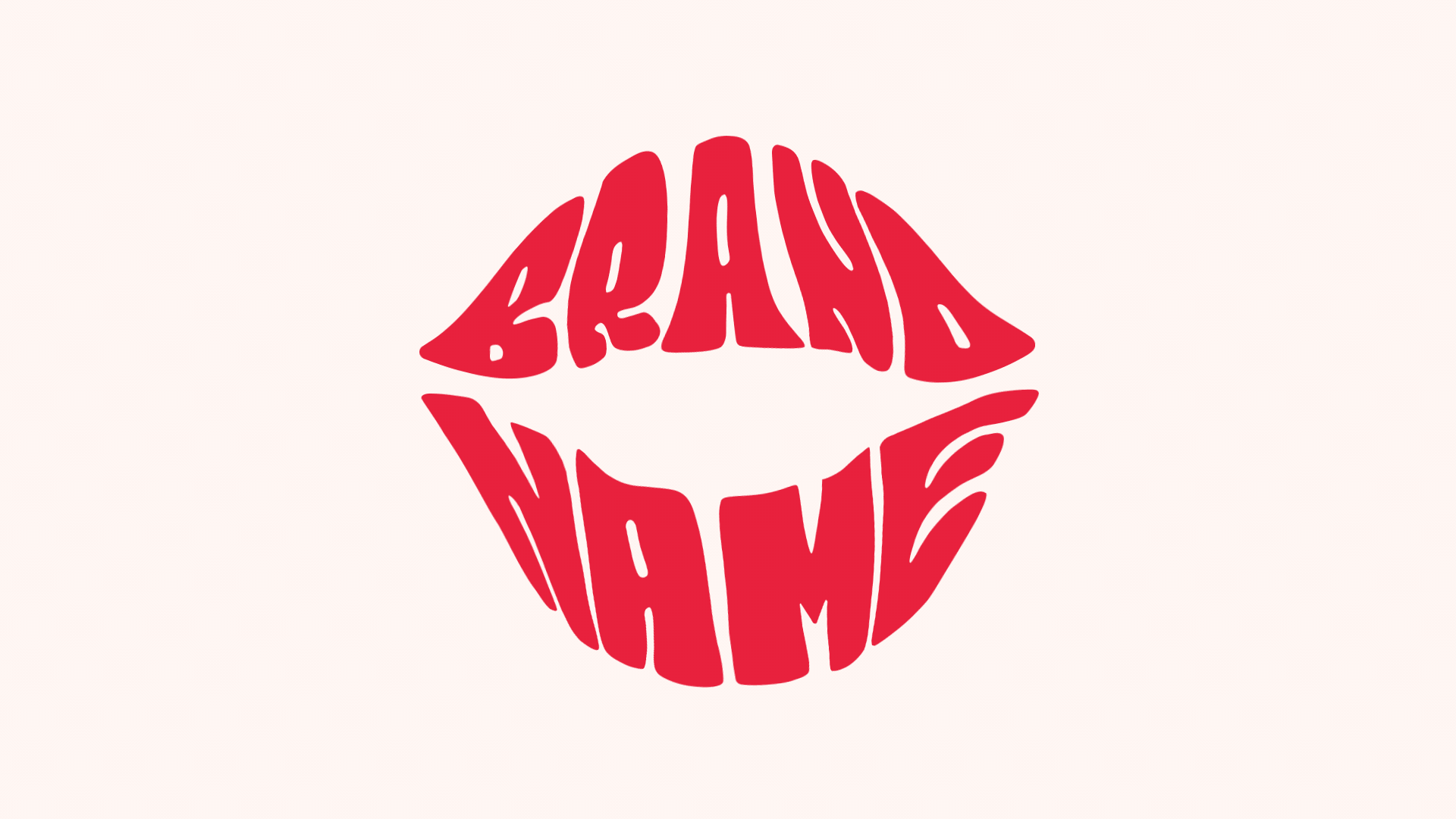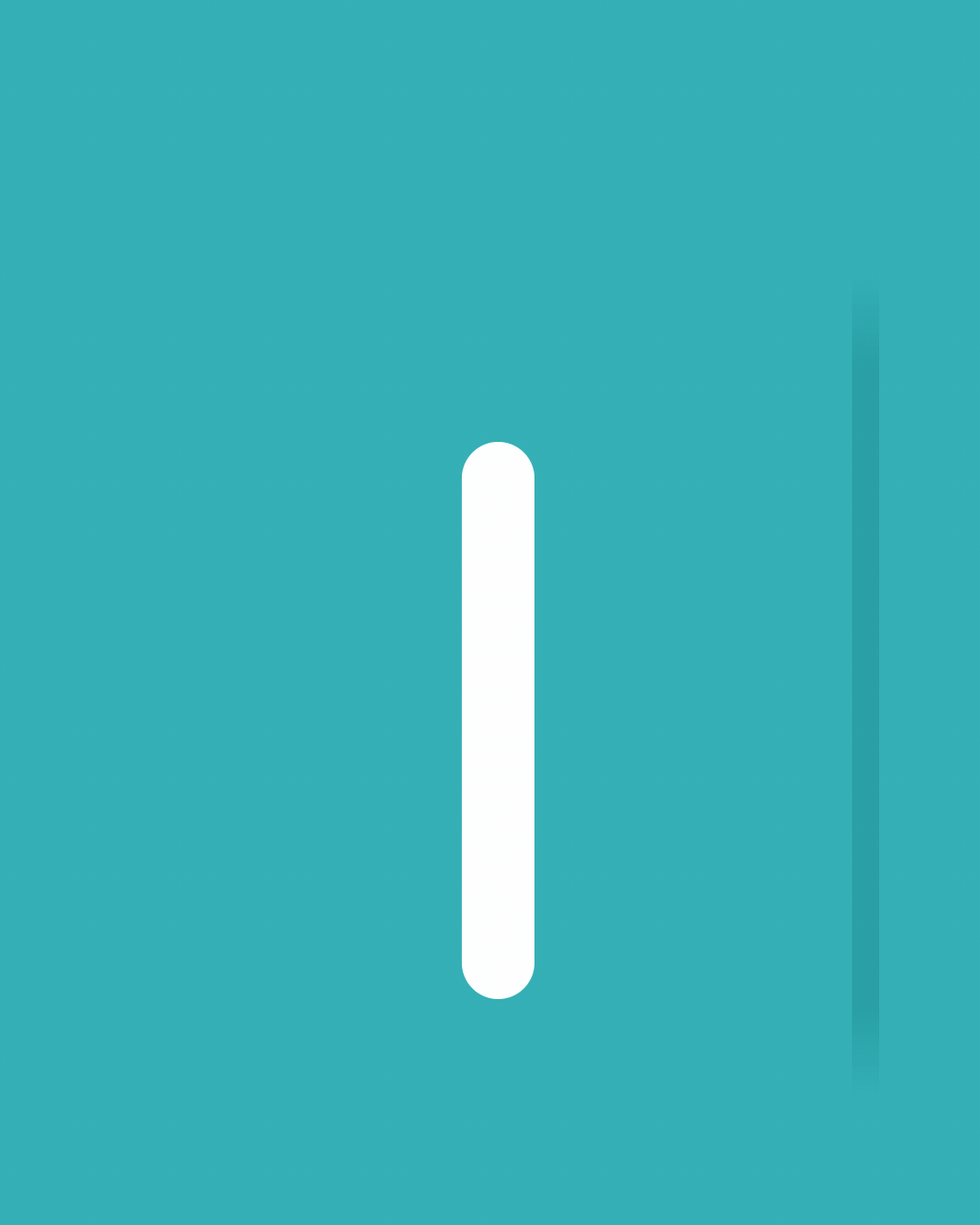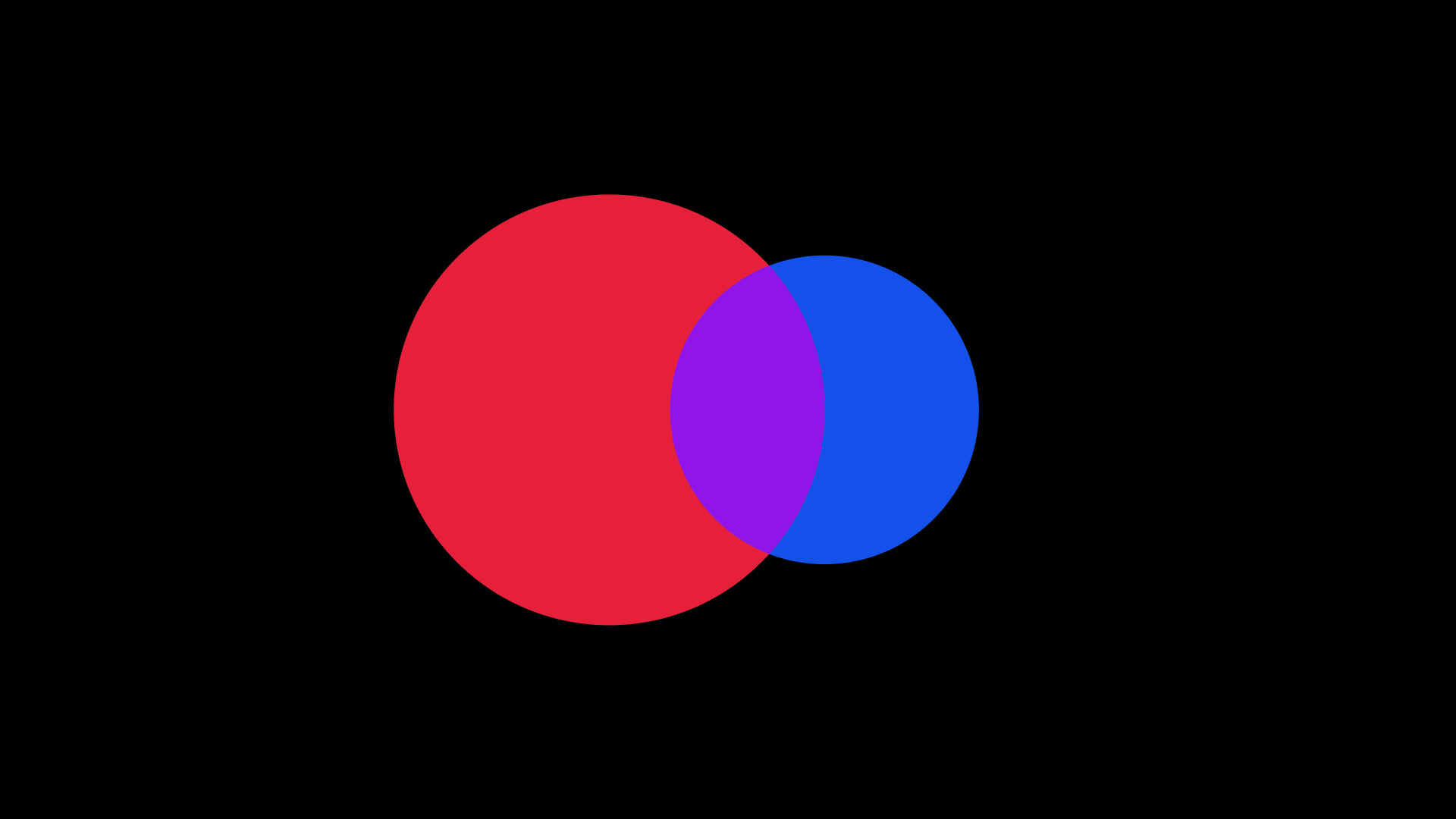I recently bought Bruno Munari’s Design as Art and while I’m yet to finish, I am already captivated by the book, which was first published in 1966. The analogies Munari makes are still credible today:
“A leaf has the form it has because it belongs to a certain tree and fulfils a certain function. . . But if we saw a fig leaf on a weeping-willow we would have the feeling that all was not well . . . a designer tries to make an object as naturally as a tree puts forth a leaf”
To me, Munari perfectly encapsulates what I do as a designer. For every client or project presented to me I must create a unique solution, whilst fulfilling function.
Each solution is derived from a process, working “without set limits and without rejecting any possible technique . . . to try out all possible combinations and methods in order to arrive at the precise image. . . and no other.”
The solution therefore appears as a perfect match between function and form. This ideal solution would not exist without an imperative process, a process that considers every possible outcome and deliberates from the start: colour, form, psychology, functionality. This outcome is not permanent, it may evolve with trends and purpose.
So, what is the function of design?
Design is a commodity?
Yes.
But design is much more.
Design is a response to human necessities, an answer to our problems, a means to communicate – instantly, a connection between art and the public. Design is in everything. Its function can arguably be anything.
Function can be perceived as the purpose of a design, much like a sign is to be read, a chair to be sat on. The function of design, to me, however, is what it evokes, how it is remembered. The invaluable function of design is to create a reaction.
That reaction can be humour, emotion, outrage, it could simply be the tactile experience of print, the pure joy of good design. It is whatever gets your brand noticed.
How do you get your brand noticed?
To create a clear and unique design for your brand, you first need to understand it. To design you must know every single detail, that one small story can be the key to creating both beautiful and meaningful designs.
Once you understand a brand you need to understand how to communicate with your audience. What is the function of your design? What design methods do you require? How will it reach your audience?
Design allows this immediate, exact communication, capturing your audience within seconds, based upon hours of research. Design is a piece of art that the public can engage with – even if the average consumer may not spend their Saturday afternoon perusing the works of Da Vinci. A bold, diverse design will capture their imagination, connecting them with art, and providing something memorable.




